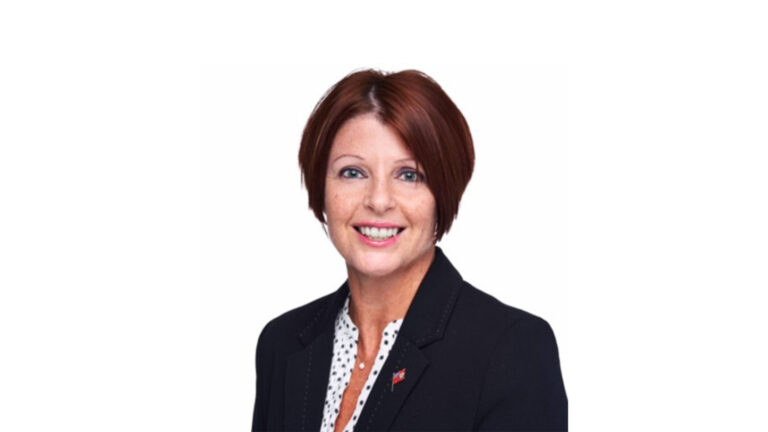Nicola Hallett of Artex Risk Solutions
Hardening insurance market drives companies to seek self-insurance
Captive insurance may be an ageing segment of Bermuda’s flagship international industry – but 60 years after the first captive was formed on the island, it is enjoying a new burst of growth and innovation.
Much of the fresh enthusiasm for captives, which provide self-insurance for their corporation owners, is down to expensive rates in the commercial insurance market and the difficulty of finding coverage for some emerging risks, such as cyber.
Commercial insurance prices rose 13 per cent in the fourth quarter of 2021, the 17th successive quarter of price increases, according to the Marsh Global Insurance Market Index. Marsh found that cyber insurance has become especially expensive, surging 130 per cent in the US in the fourth quarter, following an uptick in ransomware claims.
Nicola Hallett is the director of Artex Risk Solutions’ captive and commercial business in Bermuda. Artex is a subsidiary of Gallagher, the global insurance brokerage, risk management and consulting firm.
Ms Hallett said the tailwinds for the captive sector had been building for about the past five years. Factors including reduced market capacity, tightening commercial insurance terms, rising catastrophe losses, plus a growing need for pandemic and cyber coverage, were driving a hardening market and causing many insurance buyers to look at their self-insurance options, she said.
This has spurred some growth in captive numbers – last year the Bermuda Monetary Authority recorded 17 new captive formations on the island. But Ms Hallett said much of the industry’s expansion was through existing captives increasing the scope and volume of coverage.
“It’s really proving that captive insurance companies are able to thrive in the toughest of times,” Ms Hallett said. “We’ve seen really good continued robust growth, not only in Bermuda, but throughout the captive industry as a whole.
“We’re seeing the traditional property-and-casualty programmes being written, because rates are showing no signs of slowing down in 2022, but we’re also seeing interest in emerging risks that have never been managed through the captive before.”
Cyber stands out, as companies seek to protect themselves against potentially enormous liabilities stemming from data breaches or ransomware attacks. “That’s where the industry is seeing the tightest capacity strain — the traditional markets really are struggling to quantify the exposures,” Ms Hallett said.
Risks emerging from the pandemic have also prompted corporate risk managers to look to their captives for possible solutions. Pandemic risk is either unobtainable or extremely expensive in the commercial market, given the lessons learnt from Covid.
Ms Hallett noted that some businesses under stress during Covid and without pandemic insurance had used their captive as a source of liquidity, accessing some of its capital through intercompany loans.
Another emerging risk is telemedicine – virtual medical consultations – which underwent a growth spurt driven by necessity during a period of lockdowns and restricted movement.
“What we’re seeing is that medical professional liability claims for telemedicine have been low, but growth in the segment is leading to more incidents and a trend of increasing claims,” Ms Hallett said.
Segregated cell companies are a popular option for companies seeking a self-insurance quickly and without having to set up and license a captive. Sometimes known as the “rent-a-captive” option, this allows a client to effectively rent a cell inside a segregated cell company owner such as Artex. Ms Hallett said: “The cell must be fully collateralised and subject to that, the client could set up and write a programme in as quickly as ten days.”
Bermuda, home to 670 captives, remained the world’s largest captive domicile as of the end of 2021, according to a survey by Business Insurance. The industry, launched by pioneer Fred Reiss in the early 1960s, is the foundation of the island’s international insurance industry and today supports hundreds of jobs at captive management firms like Artex, Marsh and Aon.
“It’s great to see the renewed growth in this sector and risk management teams actively trying to use their captives as much as they can,” Ms Hallett said. “We’re seeing the reactivation of some captives that were almost dormant.”
But how long will the sector’s rejuvenation go on? “Even if the hardening market moderates and rates go essentially flat, I think this growth is likely to continue through 2022 and into early 2023,” Ms Hallett said. “That’s generally the feeling within the market.”

